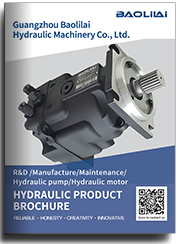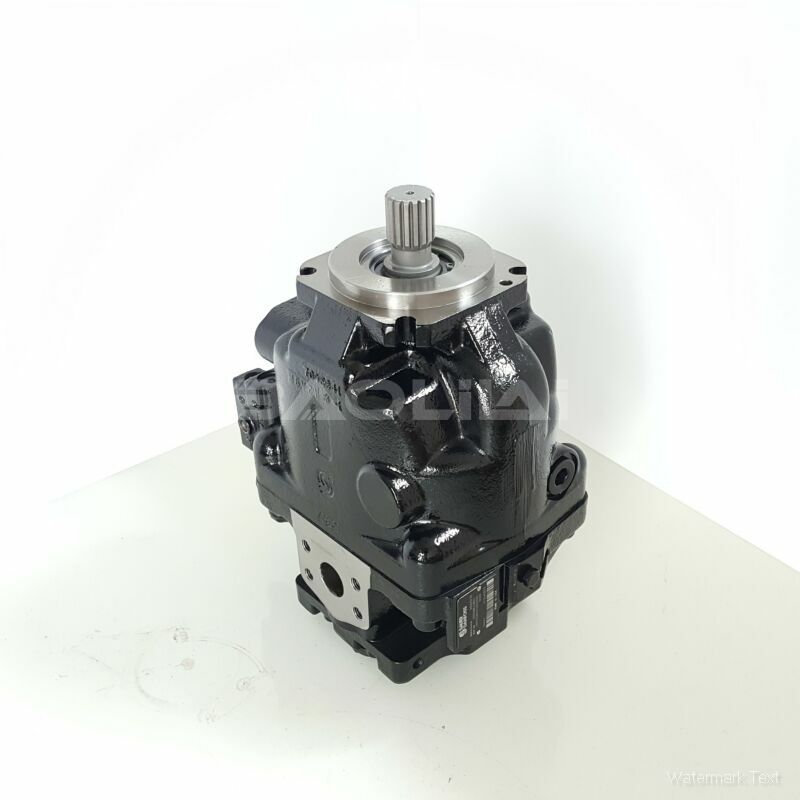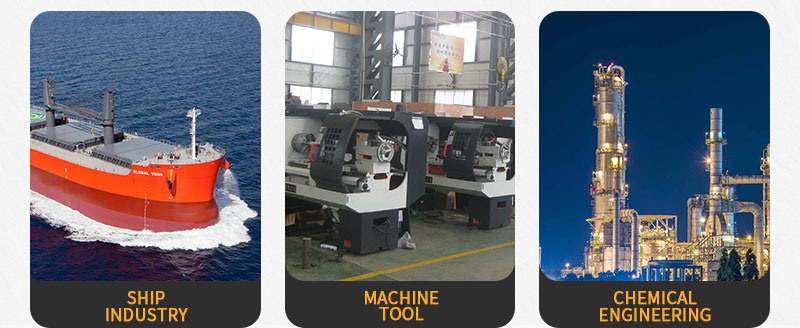ERR130BLS1010NNN3K5NPA1NNNNNNNNNN hydraulic oil pump
ERR130BLS1010NNN3K5NPA1NNNNNNNNNN hydraulic oil pump

- Product Details
- Applicable Scene
The hydraulic pump itself will often reveal potential sources of performance loss. Inspect the pump for signs of wear, such as scoring on the internal surfaces and check for signs of overheating. If the pump has adjustable parameters, such as pressure settings or flow rates, ensure they are configured correctly.
ER-R-130B-LS-10-10-NN-N-3-K5NP-A1N-NNN-NNN-NNN
ERR130BLS1010NNN3K5NPA1NNNNNNNNNN
Perform Flow Rate Testing

7000159
Measuring the flow rate of the hydraulic pump can expose performance issues. Use a flow meter to determine if the output matches the expected flow rate. A decrease in flow rate can indicate wear in the pump components or blockage in the system.
Review System Components
Besides the pump, other components in the hydraulic circuit could contribute to performance loss. Check cylinders, valves, and accumulators for proper operation. Valves that are stuck or malfunctioning can lead to pressure drops or flow restrictions. Similarly, worn-out seals or bushings may cause fluid bypass, affecting performance.
Evaluate Return Lines
The return lines are essential for maintaining fluid circulation in a hydraulic system. Any blockages or restrictions in the return lines can lead to pressure build-up, affecting pump performance. Inspect the return lines for kinks or obstructions, and ensure that they are appropriately sized for the application.
Document Findings and Implement Changes
After completing a thorough evaluation, document all findings, including potential sources of performance loss and recommended changes. This documentation not only helps in the immediate resolution of issues but also provides valuable data for future maintenance efforts.
Regular Maintenance Practices
To prevent performance loss in the future, implement regular maintenance routines. This includes:
Routine inspections of hydraulic fluid quality
Regularly checking and replacing filters
Monthly inspections for leaks and wear
Timely replacement of worn components to ensure long-term reliability
In conclusion, troubleshooting hydraulic pump performance loss in robotic applications requires a systematic approach that considers various factors – from fluid quality and mechanical integrity to system configuration. By following the steps outlined above and incorporating regular maintenance practices, you can enhance the efficiency and longevity of hydraulic systems in robotic applications.





